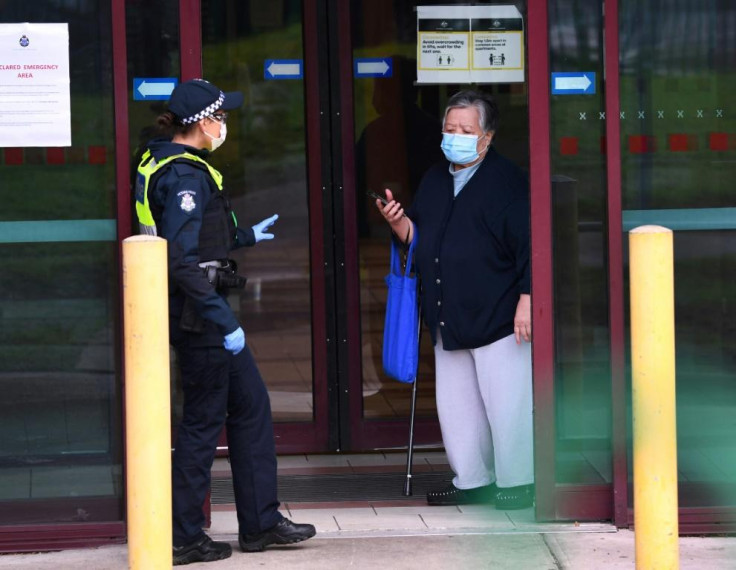Health officials speculate around 40% of COVID-19 infections are asymptomatic
The number of asymptomatic subjects appears to have grown from the ones listed in April and May, which was 25 and 35 percent, respectively.
Continued studies into COVID-19 are revealing new information about the disease. Just recently, a group of scientists concluded that the 2019 novel coronavirus can be transmitted via aerosols. Another also detailed the likelihood that asymptomatic patients are responsible for major outbreaks. The latter has been reviewed by healthcare experts, which prompted the Centers for Disease Control and Prevention (CDC) to update its guidelines. The U.S. government agency estimates that 40 percent of those infected are asymptomatic.
This was updated by the health institute on July 10, along with additional information regarding the infection rate. According to studies, a person with COVID-19 but shows no symptoms "is likely to infect" 2.5 people. Additionally, the infectiousness level of asymptomatic individuals is listed at 75 percent than that of others who are symptomatic.
Another addition to the reports from the CDC is Infection Fatality Ratio. This is derived after a researcher "takes into account both symptomatic and asymptomatic cases and may, therefore, be a more directly measurable parameter for disease severity for COVID-19." Currently, the data shows that the likelihood of death among those people by SARS-CoV-2 is 0.65 percent.
The number of asymptomatic subjects appears to have grown from the ones listed in April and May, which was 25 and 35 percent, respectively. Public health officials have voiced their fears that asymptomatic COVID-19 patients pose a greater danger than what was previously estimated. Many are actually unaware of their condition given they do not experience any symptoms brought about by the coronavirus.
Earlier this month, an abstract that is yet to be peer-reviewed was published by Proceedings of the National Academy of Sciences of the United States of America (PNAS). The number presented by the researchers was approximately 50 percent of COVID-19 infections came from asymptomatic and presymptomatic patients. The team supposedly based it on a mathematical model instead of an actual study.

"Understanding how silent infections that are in the presymptomatic phase or asymptomatic contribute to transmission will be fundamental to the success of post lockdown control strategies," reads the paper. Until a vaccine or treatment becomes available, the best course of action to be taken is to control transmissions.
© Copyright IBTimes 2025. All rights reserved.





















